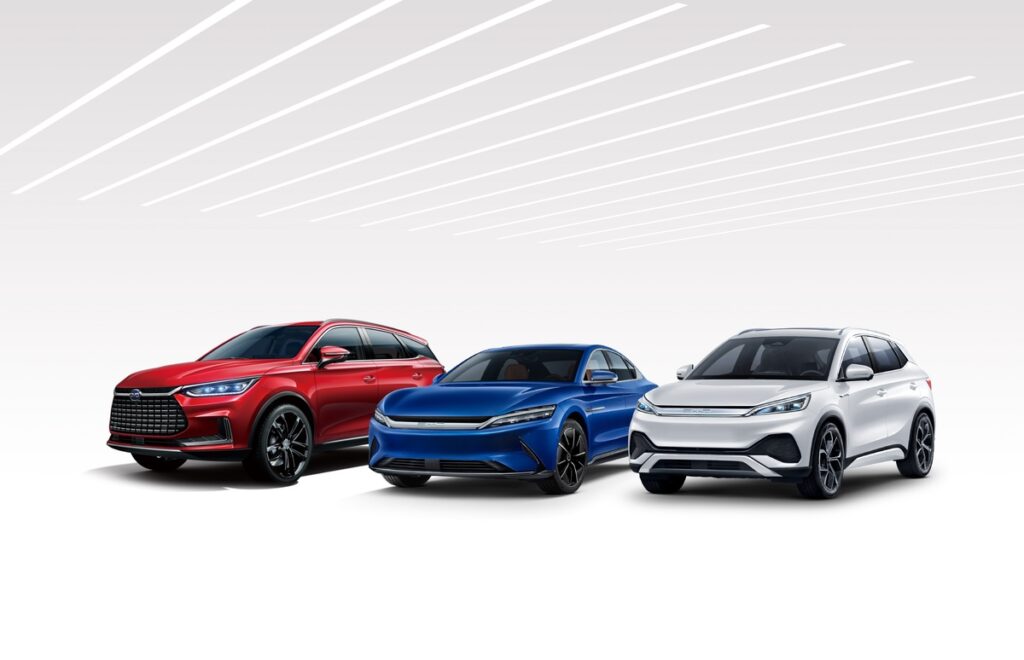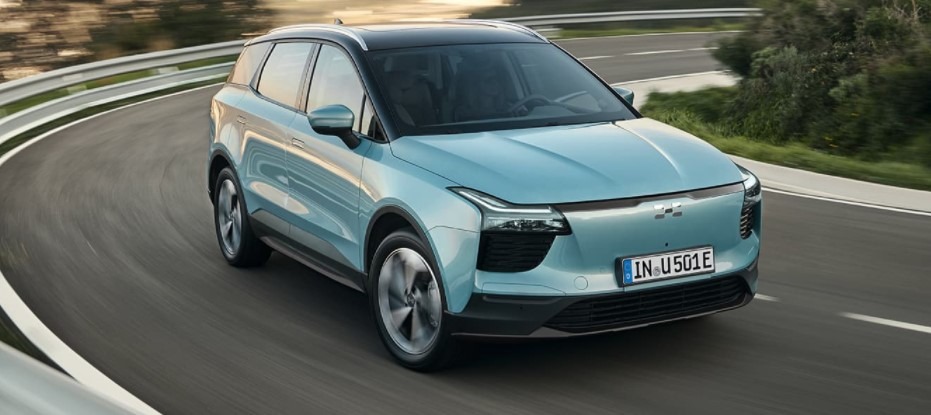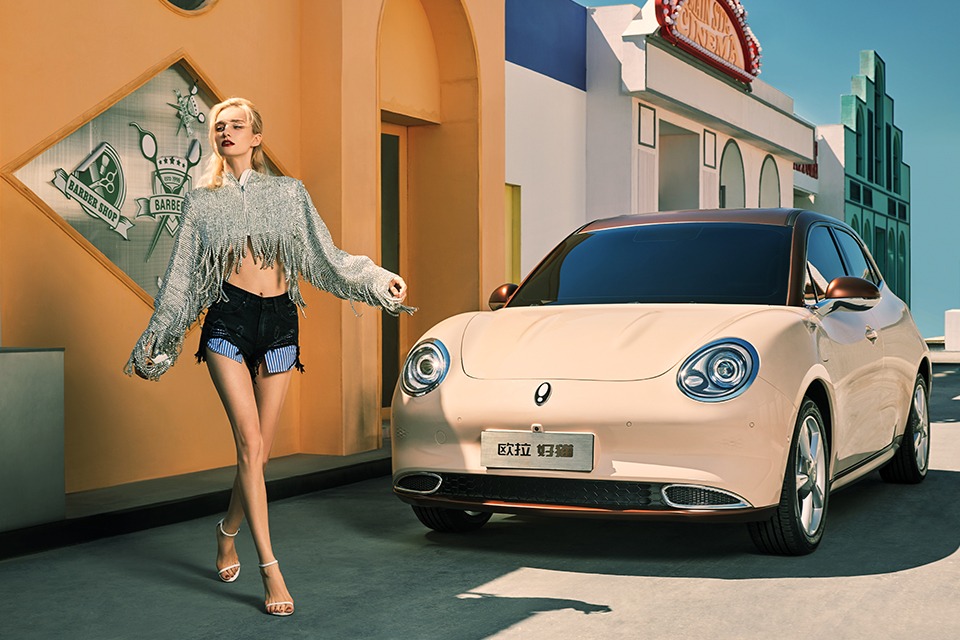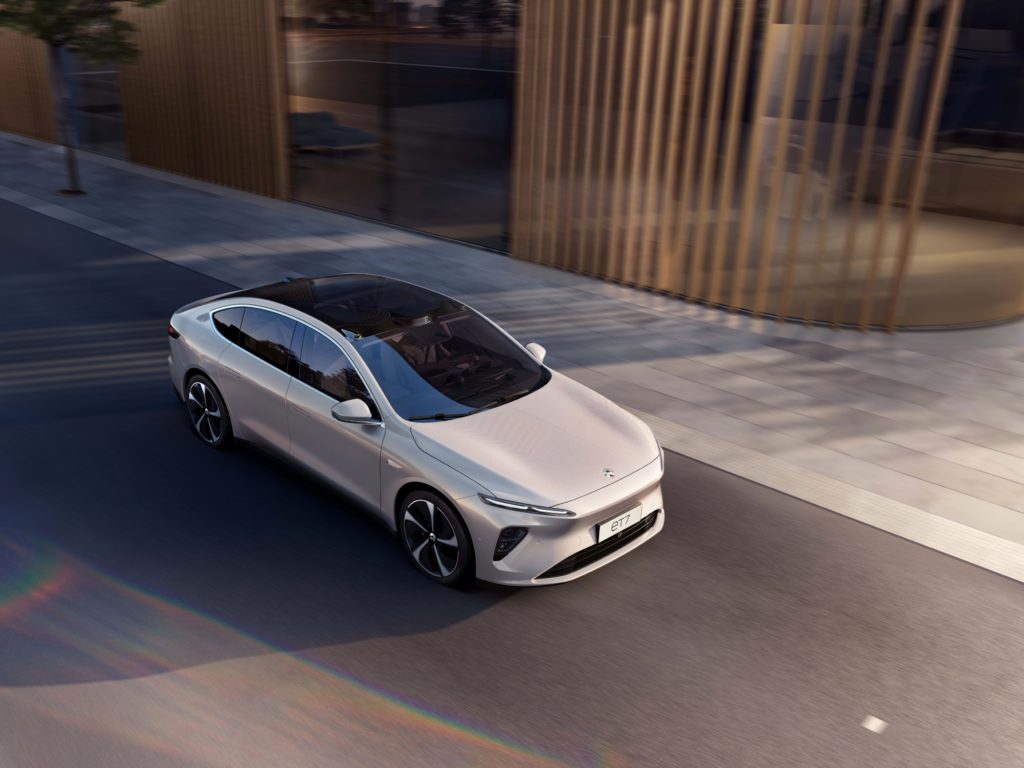How fast will Asian carmakers become part of Europe’s automotive landscape?
28 October 2022

As Europe’s automotive landscape undergoes several simultaneous seismic shifts, Asian carmakers are seizing the opportunity to map out and move into new markets. Autovista24 deputy editor Tom Geggus takes stock of the transformation.
Electrification, technological development, and rattled supply chains are reshaping Europe’s automotive industry. Incumbent manufacturers are striving to adapt under great pressure, but where these companies face a challenge, new entrants are presented with an immense opportunity. Established as advanced electric-vehicle (EV) makers and backed by localised suppliers, Asian carmakers – particularly those from China – are poised to disrupt the status quo.
Many new brands are pushing into Europe backed by secure supply lines, including access to raw materials and essential components like batteries. This is hardly surprising as analysts report over 70% of the world’s battery production supply chain is currently controlled by the country. Shorter delivery times, ties to recognisable brands, and increasing residual values (RVs) will also be enormously influential in the shaping of Europe’s automotive landscape of the future.
Laying European foundations
In October alone, announcements from Asian brands entering Europe grew in pace and intensity. Following news of third-quarter net profits quadrupling year-on-year, BYD took to the stage at the French- and Asian-carmaker-dominated Paris Motor Show 2022, to reveal the seven dealers it will work with in Germany. These businesses will look after regional sales and aftersales services throughout the country by early 2023.
‘As BYD electric cars enter European markets, we recognise the significance of meeting the high expectations of customers in Germany and above all, respect the local automobile ecosystem,’ said Michael Shu, general manager and managing director of BYD Europe and its international cooperation division.
Aiways also revealed its all-electric U6 SUV-coupé, which is expected to join the U5 SUV on European roads at the end of this year. More launches can be expected as the brand plans to launch a new model every year. Without the need for fixed showrooms, Aiways distributors will manage the local sale of these cars, while a network of specialists provides aftersales services.
‘Aiways has grown tremendously in a short period of time, and we are very pleased with the foundation we have laid in Europe,’ said Dr Alexander Klose, vice president of overseas operations, Aiways. ‘By the end of 2022, we are aiming for at least five-digit sales thanks to the growing popularity of the U5 SUV, as well as through the new U6 SUV-Coupé model.’
Following its entrance into Norway last year, Nio has revealed details of its products and services going on offer in Germany, the Netherlands, Denmark, and Sweden. These markets will have three models to choose from, with a flexible subscription service available from one to 60 months.
Investment dividends
Such numerous and various plans illustrate the ambition of these entrants, which adds to the many worries of European brands. Both the head of Stellantis, Carlos Tavares, and former Volkswagen (VW) Group CEO, Herbert Diess, have pointed to Chinese brands as major competitors, according to the Financial Times. The former said the market is ‘wide open to the Chinese,’ while the latter identified BYD specifically as a source of concern.
A Transport and Environment (T&E) study published this month, highlighted how Chinese carmakers have claimed 5% of all battery-electric vehicle (BEV) sales in Europe so far this year. Should these trends continue, the European environmental group predicts that these carmakers could be supplying the region with 9% to 18% of its BEVs come 2025.
‘European carmakers have slammed the brakes on their electric-car offering at a time when Chinese and American carmakers are rapidly bringing new models to the market,’ said Julia Poliscanova, senior director at T&E. Supply chains issues have undoubtedly been a heavy influencing factor in this deacceleration, something European manufactures are particularly susceptible to. Poliscanova added that if Europe wants to keep its car industry competitive, the EU needs to introduce supportive EV industrial policy.
More broadly, UK-based data analytics company GlobalData estimates that China will oversee 60% of the world’s electric vehicle fleet by 2030. It claims this is possible thanks to the country’s control over 70% of the world’s battery-production supply chain.
‘China has bet big and bet early in its investments here and will now reap the rewards,’ said Amalia Maiden, associate analyst in the thematic intelligence team at GlobalData. ‘Chinese companies now make up six of the top ten global battery makers, with a combined 56% of the global battery market share, and the country is on track for 25% of all car sales to be EVs by 2025.’
Beijing-based information services company, EqualOcean, expanded on this, identifying not only batteries but semiconductors and sensors as areas of Chinese acceleration. The automotive-technology industry saw roughly 250 financing events between May 2021 and May 2022. Most of the investments ended up in high-tech domains, including manufacturing, autonomy, connectivity, sensors, batteries, and of course, semiconductors.
Car chips from China currently only claim 5% of the automotive semiconductor market in the country, the remaining 95% come from other locations. But as more local players such as Huawei, Allwinner Technology, BYD Semiconductor, and Horizon Robotics get involved in automotive semiconductors, EqualOcean predicts China’s chip market will soon recover.
As the country’s industrial capacities continue to develop, its carmakers could well push their advantage over European counterparts. Having discovered the fragility of international just-in-time supply lines during the COVID-19 pandemic, these OEMs are now hastily trying to make up ground.
Present performance
But how have the different Chinese brands been performing in Europe so far? Dissecting new-car registrations, José Pontes, data director at EV volumes, illustrated the regional results to Autovista24. ‘SAIC’s MG brand is one of the significant players in Europe, although Geely’s Lynk & Co is also making important strides in its selected markets,’ he said.
‘These two success stories are unlikely to be instantly replicated by Nio or Xpeng, primarily because MG and Lync & Co are within the “mainstream” part of the market. Meanwhile, Nio or Xpeng are in the “premium” segment, where the market is fiercer, electrification is more advanced, and people are more brand conscious,’ Pontes continued.
He went on to explain that BYD is likely to replicate MG’s success, perhaps even surpassing it should its launch go well. Pontes added that Chery and Great Wall can also be expected to find their place in Europe.
Building brands
Ensuring success in new markets is a matter of building a brand. Yoann Taitz, Autovista Group regional head of valuations and insights, France and Benelux, told Autovista24 that brand awareness is of increasing importance in a world of EVs. Consumers have a lot of new factors to consider, such as performance, charging, and levels of autonomy. Here brand familiarity can help reassure a purchase.
This could be seen as an issue in markets with strong local brands, such as France, Germany, Spain, Italy, or the UK, where there is also a lack of awareness of new entrants. This is where local dealership networks come into their own, with both newcomers and incumbents able to ease customer concerns with in-person experiences. ‘Although the internet is taking much more room in the automotive purchase approach, the dealer point remains nonetheless the most crucial point for driving the car,’ Taitz said.
If entrants can establish dealer networks, set up temporary showrooms in unusual places, and make the most of online offerings, they could help drive brand awareness. They also stand to benefit from another advantage, which is their list prices. Brand loyalty is dropping as spending power falls in a weak economic climate. So, consumers are more willing to consider an unfamiliar brand.
‘Although European brands are still favoured by European customers, the strong list-price increases we have been facing for several months now are reinforcing the interest of customers in new players; new players that are well equipped, well made and in terms of safety, at the same level as European brands,’ Taitz explained.
However, entrants will not only need to stand out against incumbents but each other. With numerous new carmakers trying to make it in Europe, successful companies will need to carve out a clearly defined brand image that is recognisable to consumers. Alongside making sales, new brands will also need to construct service and repair networks to ensure those consumers who have made a purchase can be looked after.
Rising residual values
But what about the performance of newcomers on the used-car market? Autovista Group analysis of C/D-SUV BEVs in Germany found that models from incumbent carmakers retained greater residual values than new entrants. The average used-car price, represented as a retained percentage of the original list price (%RV), are forecast to hold at 60% for incumbent brands, while new carmakers should sit at 49%.
So, BEV RVs of new players were found to be on average 11 percentage points lower than those of existing brands. But this deviation did vary, with newcomers linked to existing European manufacturers seeing more favourable retention rates. Some former new players are even undergoing a transition phase towards becoming established OEMs, with the gap disappearing.
While models from incumbent OEMs maintain higher RVs than new entrants, this outcome should be viewed in relation to the recent entrance of these brands. The market dynamic is changing quickly, and newcomers have already made up an astonishing amount of ground, narrowing the residual value gap between themselves and local carmakers.
Where entrants hold close ties with a familiar local player, there is more room to borrow brand recognition and understanding of the market. For example, with its ties to both China’s Geely and Volvo, performance EV-builder Polestar has been able to make great progress in Europe. This October marks only five years since the company launched its first car, the Polestar 1. Now the EV builder is well-recognised, with its own credibility, having just launched the Polestar 3.
A well-timed entrance, strong supply chains, and advanced technology all mean new brands have plenty of potential to remap Europe’s automotive landscape. Ensuring they stay there will be a case of cementing a solid brand image, setting up a consumer-support network, and reinforcing residual values.



